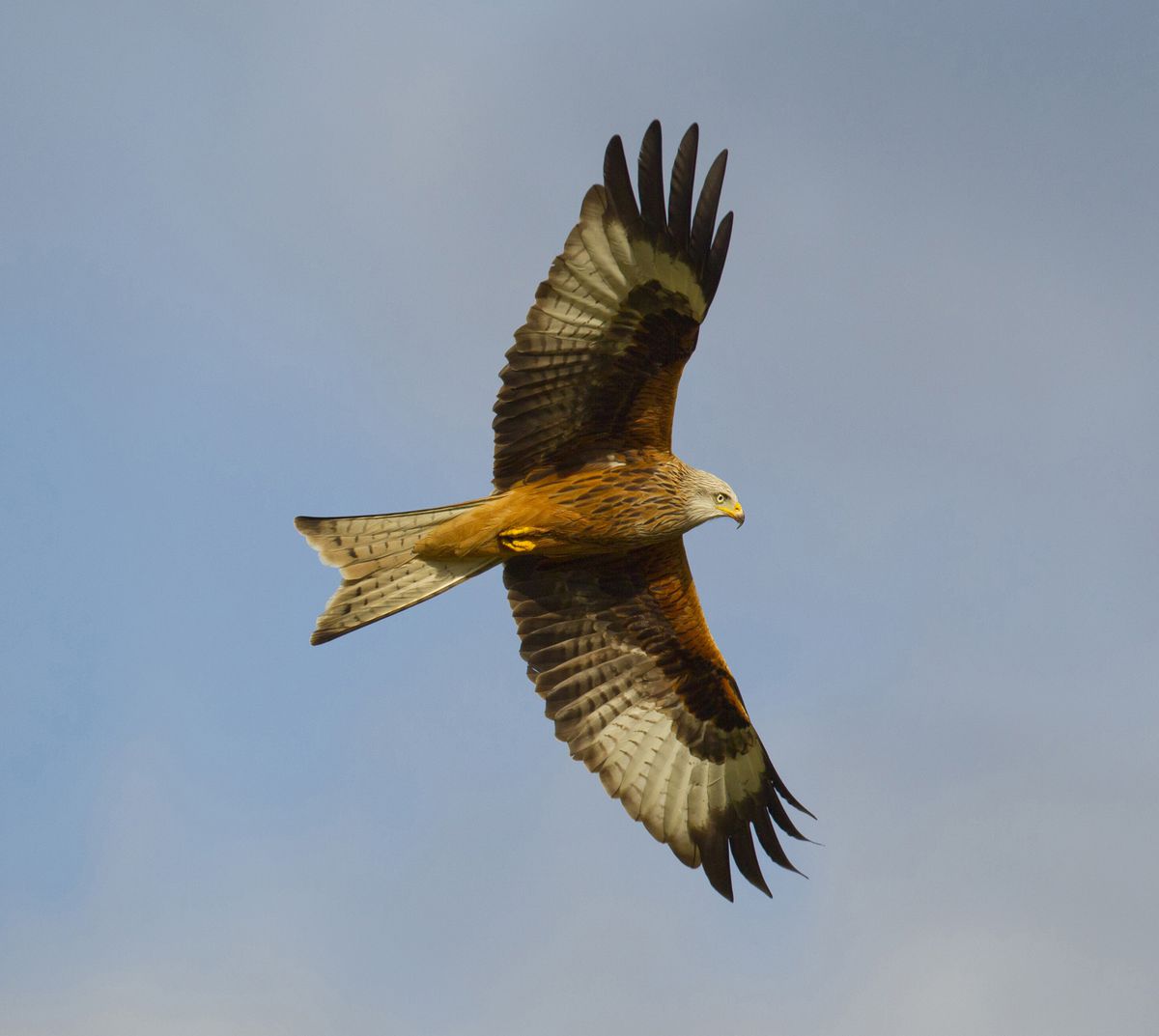

Young Red Kites, however, show strong natal philopatry, the tendency to return to breed close to the site where they themselves were reared. Since then there have been different birds found in every year in the county, mostly in the period from mid-March to late-August, although there are only two records of two birds together, in July 1999 at Cholmondeley and on 31 March 2000 at Barbridge.Ĭheshire and Wirral is clearly within the normal dispersal range, at least of immature birds, from several breeding sites, in Wales, the east Midlands and Yorkshire. The next county record was probably the most instructive to date, a first-year female, known from her wing tags to have come from a nest in mid Wales, that lived in Tatton Park and adjacent areas from November 1993 until April 1995 when she left, presumably to find a mate elsewhere (Roberts 1995). The annual bird reports show only eleven records in just nine of the years from 1964 to 1990. Records in Cheshire and Wirral have increased greatly over the years. They will eat almost anything, but especially take carrion such as dead rats. The project has done less well in Scotland, where the kites’ diet makes them susceptible to poisoning. This has been outstandingly successful in England, populations becoming self-sustaining and new releases being stopped within six years. In England and Scotland, Red Kites have been reintroduced from 1989 onwards to eight separate areas, using nestlings from Sweden, Spain and Wales to maximise the genetic diversity. This has, however, been a great conservation success story and the Welsh Kite Trust estimates that in 2007 there were 670-840 pairs in Wales. Some kites had to forage up to 15 km from their nests, whereas in high quality habitat, most food is found within 3 km of the nest (Carter 2001).

The habitat in their mid-Wales remnant area is not particularly good for them and this was just the last area where they were not being persecuted, rather than the best area for them. Conservation measures, including ‘reward’ payments to landowners on whose land they bred, helped the Welsh population to grow, although the productivity was low at only around one chick per pair. One of the last known to breed in England (in Shropshire) was shot in 1863 and in Scotland they persisted to about 1885.Īfter that, the only Red Kites breeding in Britain were those in a rump population in mid-Wales, down, at its lowest point in the 1930s, to only one pair that reared young that survived and subsequently went on to become parents themselves, the species thus being almost extinct in the UK.


By the late 18th century kites were scarce in the county, only found on the large estates, and by the year 1800 they had probably gone, Cheshire bearing the dubious distinction of being one of the first counties to extirpate the Red Kite (Lovegrove 2007). The status of the Red Kite in Cheshire can be judged from the numbers killed for which a bounty was paid: 862 birds in the parish of Tarporley in 19 years from 1662-1681 and 698 birds in the parish of Bunbury in just eight years 1715-1722 (Lovegrove 2007). The Vermin Act of Queen Elizabeth I (1566) first targeted kites, along with many other species, supposedly to protect grain. They were common and performed an important role in urban sanitation until Shakespeare’s day, being valued and protected in England by Royal Decree – in 1465 killing a kite was a capital offence – although at the same time the King of Scotland was ordering their destruction. For several centuries the fortunes of the Red Kite in Britain have been intimately linked with man’s actions.


 0 kommentar(er)
0 kommentar(er)
